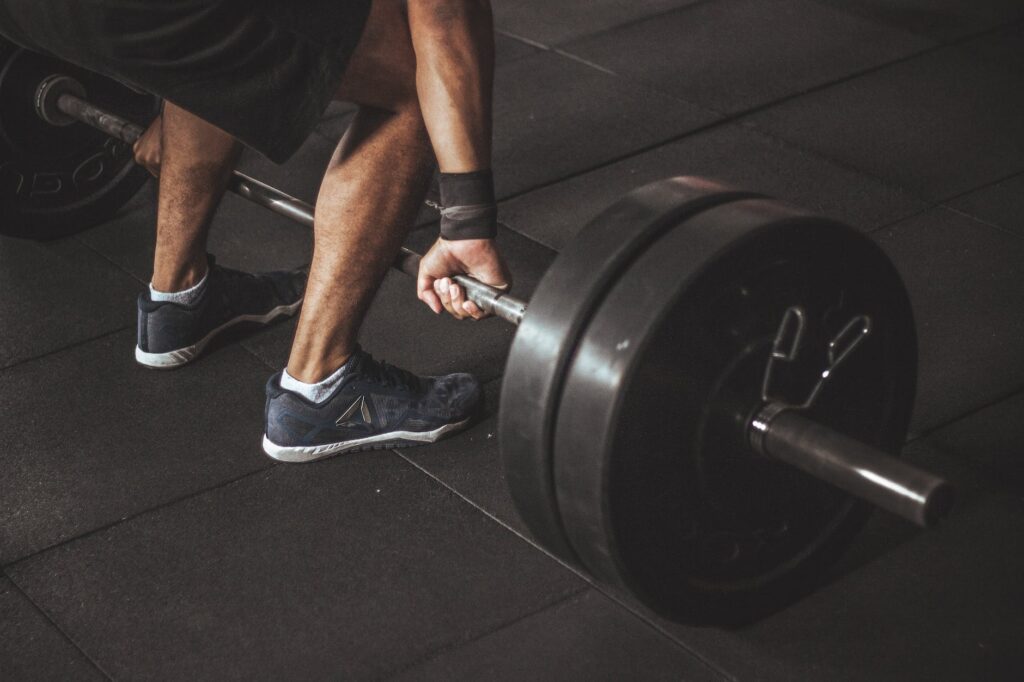Have you ever wondered how you can optimize your muscle growth and strength for longevity? If so, you're in the right place. Today, we delve into the insights of Dr. Samuel Buckner, an assistant professor of exercise science at the University of South Florida, who has dedicated his career to understanding the intricacies of muscle adaptation.
The Science of Muscle Growth
Muscle growth, or hypertrophy, is essentially an increase in the size of the muscle fibers. But what does it take to stimulate this growth? According to Dr. Buckner, the key lies in the volume of training and the intensity of your workout.
Whether you're lifting heavy weights or lighter ones, as long as you're pushing your muscles to or near failure, you're activating the majority of the fibers involved in the movement. This activation triggers a protein signaling cascade that tells your muscles to grow. So, whether you're a fan of heavy lifting or prefer lighter weights, rest assured that both can lead to comparable muscle growth.
Strength: A Key Biomarker for Longevity
While muscle growth is important, strength is a crucial biomarker for overall health and longevity. Studies have shown a correlation between strength and mortality, often driven by grip strength. But what does this mean for us?
Dr. Buckner suggests that natural strength, which is developed during our formative years, may be more beneficial than compensatory strength adaptations from training. This is because maintaining natural strength is easier than maintaining compensatory strength when our activity levels decline.
The Role of Resistance Training
Resistance training plays a crucial role in both muscle growth and strength development. However, the type of resistance training you choose can impact the kind of adaptations you experience.
For instance, if you're interested in hypertrophy, the choice between heavy and light resistance training may not make a significant difference. But if you're aiming for strength, lifting heavy is necessary. Strength is often viewed as a skill, and like any skill, it needs to be practiced.
The Long-Term Impact of Physical Activity
Physical activity during our developmental years can have long-lasting effects on our baseline muscle characteristics and strength. Encouraging children to be active, especially during puberty, could potentially increase their baseline muscle characteristics, leading to better health outcomes in the future.
The Bottom Line
Optimizing muscle growth and strength for longevity is a complex process that involves understanding the science of muscle growth, recognizing the importance of strength as a biomarker for longevity, and choosing the right type of resistance training.
Remember, the journey to muscle growth and strength is not a sprint, but a marathon. It's about understanding your body, pushing your limits, and maintaining a consistent workout regimen.
So, are you ready to optimize your muscle growth and strength for longevity?

